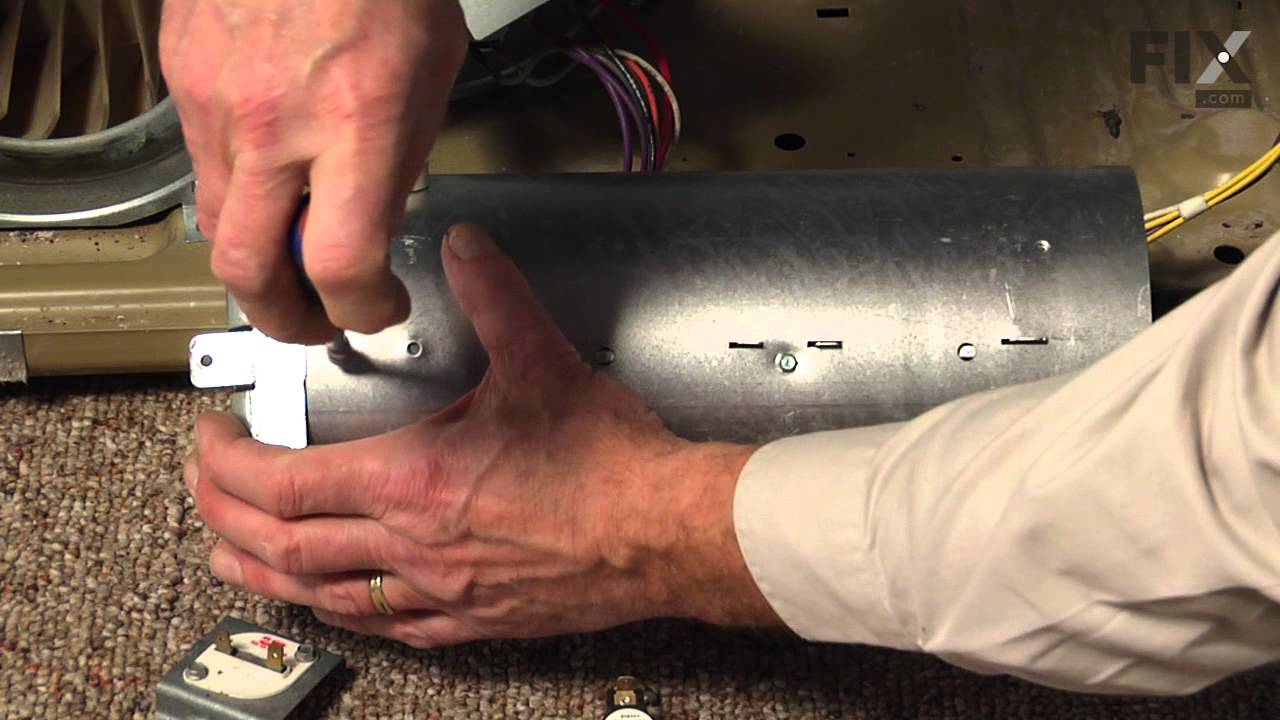

Articles
How To Replace A Heating Element In A Dryer
Modified: February 27, 2024
Learn how to replace a heating element in a dryer with our informative articles. Ensure your dryer operates efficiently with our step-by-step guide.
(Many of the links in this article redirect to a specific reviewed product. Your purchase of these products through affiliate links helps to generate commission for Storables.com, at no extra cost. Learn more)
Introduction
Replacing a heating element in a dryer is a common repair task that can save you time and money. A malfunctioning heating element can cause your dryer to not generate enough heat or fail to heat up at all. This can result in damp or wrinkled clothing, longer drying times, and increased energy consumption. Instead of calling a professional and spending a significant amount of money, you can tackle this repair yourself with a few tools and simple steps.
In this guide, we will walk you through the process of replacing a heating element in a dryer. We will provide step-by-step instructions, along with essential safety precautions, to ensure a successful repair. By following these instructions, you can have your dryer back up and running in no time.
Before we delve into the repair process, it’s important to note that different dryer models may have specific variations in their heating element design and location. It’s always recommended to consult your dryer’s user manual or online resources for model-specific instructions to ensure a proper replacement. Additionally, ensure that you have the necessary tools and materials readily available before starting the repair.
Now, let’s get started and learn how to replace a heating element in a dryer.
Key Takeaways:
- DIY Repair Savings
By replacing a faulty heating element in your dryer, you can save time and money while restoring optimal functionality to your appliance. Prioritize safety and follow the step-by-step guide for a successful DIY repair. - Efficient Drying Performance
A properly functioning heating element ensures efficient drying cycles, saving energy and providing the convenience of fresh, dry laundry. Follow safety precautions, use the right tools, and consult your dryer’s manual for a smooth repair process.
Read more: How To Replace Maytag Dryer Heating Element
Safety Precautions
Before attempting to replace a heating element in a dryer, it’s crucial to prioritize safety. Working with electrical components can be dangerous, so it’s essential to take the necessary precautions to protect yourself and prevent accidents. Here are some safety guidelines to follow:
- Unplug the dryer: Always start by disconnecting the dryer from the power source. This will minimize the risk of shock or electrocution.
- Wear protective gear: To protect yourself from any potential hazards, wear safety goggles and work gloves throughout the repair process. Additionally, avoid wearing loose clothing that could get caught in the machinery.
- Work in a well-ventilated area: Dryers can accumulate lint, which is highly flammable. Working in a well-ventilated area will help reduce the risk of fire hazards.
- Use the right tools: Ensure that you have the appropriate tools for the job and that they are in good working condition. Using the wrong tools can lead to accidents and damage to the dryer.
- Read the user manual: Familiarize yourself with your dryer’s user manual and follow the manufacturer’s safety instructions. Every dryer model can have unique safety precautions, so it’s essential to know what applies to your specific appliance.
- Disconnect the power supply: In addition to unplugging the dryer, switch off the circuit breaker dedicated to the dryer to ensure that there is no electric current flowing to the appliance.
- Avoid moisture and wet surfaces: Do not attempt any repairs on a wet dryer or in a damp environment. Moisture can increase the risk of electric shock.
- Do not work alone: If possible, have someone nearby while you perform the repair. They can provide assistance in case of an emergency or offer guidance if needed.
- Stay focused: Eliminate distractions and concentrate on the repair task at hand. Working with electrical components requires careful attention to detail and concentration.
By adhering to these safety precautions, you can minimize risks and ensure a safe and successful repair process. Remember, if you feel uncomfortable or unsure at any point during the repair, it is always best to seek professional assistance.
Tools and Materials Needed
Before you begin replacing the heating element in your dryer, gather the necessary tools and materials. Having everything ready in advance will help streamline the repair process and prevent any interruptions. Here’s a list of the tools and materials you will need:
- Screwdriver: A screwdriver is essential for removing the screws that secure the back panel of the dryer.
- Wire cutters: You will need wire cutters to disconnect the wires from the old heating element.
- Replacement heating element: Purchase a new heating element that is compatible with your dryer model. Refer to your dryer’s user manual or consult with a specialist to ensure you select the correct replacement.
- Electrical tape: Electrical tape is useful for securing and insulating the wires during the repair process.
- Multimeter: A multimeter is an electrical testing tool that can help you diagnose any electrical issues and ensure proper connections.
- Flashlight: A flashlight will come in handy to provide illumination in the dark corners of your dryer during the repair.
- Work gloves: Wear work gloves to protect your hands when handling sharp edges or electrical components.
- Safety goggles: To protect your eyes from any debris or particles, wear safety goggles throughout the repair process.
Make sure to gather all the necessary tools and materials before you start the repair. Having everything within reach will save you time and frustration as you proceed through the steps. If you don’t own some of the tools, consider borrowing or purchasing them before you begin.
Now that you have all the required tools and materials, you are ready to move on to the next step: unplugging the dryer and preparing for the repair process.
Step 1: Unplug the Dryer
Before you start the repair process, it is crucial to disconnect the dryer from the power source. Unplugging the dryer will ensure your safety and prevent any electrical accidents. Follow these steps to unplug the dryer:
- Locate the power cord: The power cord is usually located at the back of the dryer near the bottom. It is a thick, insulated cord that connects the appliance to the electrical outlet.
- Turn off the dryer: If your dryer has a power switch, turn it off before unplugging. This additional step adds another layer of safety.
- Unplug the dryer: Firmly grasp the power plug and gently pull it from the electrical outlet. Make sure to pull directly on the plug and avoid yanking on the cord to prevent any damage.
- Confirm power disconnection: Verify that the dryer is completely disconnected from the power source by checking that the display or any lights on the control panel are off.
Once the dryer is unplugged, it is safe to proceed with the repair process. However, while working on the dryer, keep in mind that there may still be residual electrical charges present. Handle any electrical components with caution and avoid touching exposed wires or terminals.
Now that you have successfully unplugged the dryer, you are ready to move on to the next step: locating the heating element.
Step 2: Locate the Heating Element
Locating the heating element in your dryer is an important step in the repair process. The heating element is responsible for generating the heat needed to dry your clothes. Follow these steps to locate the heating element:
- Refer to the dryer’s user manual: The location of the heating element can vary depending on the make and model of your dryer. Start by consulting the user manual that came with your dryer. It will typically have diagrams or instructions that indicate the position of the heating element.
- Check the rear of the dryer: In most dryers, the heating element is located behind the back panel. Take a moment to examine the rear of your dryer and look for any access panels or removable covers. These panels are usually secured with screws.
- Inspect the inside of the dryer drum: Some dryers have the heating element located inside the drum itself. Open the dryer door and examine the inner walls of the drum for any visible heating coils or elements.
- Scan the sides of the dryer: In certain dryer models, the heating element may be located on the sides. Carefully inspect the sides of your dryer, both inside and outside, for any signs of a heating element.
Once you have located the heating element, take note of its position and how it is secured. This information will be useful in the following steps when you need to access and remove the old heating element.
Remember, if you are having trouble locating the heating element or need additional guidance, refer to your dryer’s user manual or seek assistance from the manufacturer’s customer support. It’s important to understand the specific design of your dryer to ensure a successful replacement.
With the heating element located, you’re now ready to proceed to the next step: removing the back panel of the dryer.
Read more: How To Replace A Dishwasher Heating Element
Step 3: Remove the Back Panel
Removing the back panel of your dryer is necessary to access and replace the heating element. The back panel is typically secured with screws and may vary in design depending on your dryer model. Follow these steps to remove the back panel:
- Ensure the dryer is still unplugged: Before proceeding, confirm that the dryer is still disconnected from the power source to avoid any potential electrical hazards.
- Gather the necessary tools: Grab a screwdriver that matches the type of screws used to secure the back panel of your dryer. It may be Phillips head or flathead, depending on the model.
- Locate and remove the screws: Carefully inspect the edges of the back panel to locate the screws holding it in place. Depending on the dryer’s design, there may be several screws scattered along the perimeter or concentrated in a specific area. Use the screwdriver to loosen and remove each screw.
- Set aside the screws: As you remove the screws, place them in a safe spot to keep them from getting lost. You may want to use a small container or magnetic dish to keep them organized and easily accessible for reassembly later.
- Remove the back panel: Once all the screws have been removed, gently pull or slide the back panel away from the dryer body. Take care not to damage any wires or components that may be attached to the panel.
- Set the back panel aside: Find a safe place to set the back panel, ensuring it is out of the way but still easily accessible for reinstallation later.
By following these steps, you should successfully remove the back panel of your dryer. Remember to handle the panel with care and be mindful of any wires or attachments that may be connected to it. Keep the panel and screws organized to make reassembly easier later in the process.
With the back panel removed, you’re now ready to move on to the next step: disconnecting the wires from the heating element.
Step 4: Disconnect Wires from the Heating Element
Once you have removed the back panel of your dryer, it is time to disconnect the wires from the heating element. Properly disconnecting the wires will allow you to remove the old heating element and install a new one. Follow these steps to disconnect the wires:
- Identify the wiring connections: Take a moment to observe the wiring connections on the heating element. You will typically see two or more wires attached to the terminals of the heating element.
- Trace the wires: Trace each wire from the heating element to its connection point. Depending on your dryer model, the wires may connect directly to the heating element or be connected through wire harnesses or terminal blocks.
- Disconnect the wires: Using wire cutters or pliers, carefully remove any wire connectors or terminal screws that are holding the wires in place. Take note of the layout or take a picture to assist with reconnecting the wires later.
- Label the wires: To ensure proper reconnection, it’s a good idea to label or mark each wire before removing it from the heating element. You can use colored tape or any other method that you find helpful for identifying which wire goes where.
- Secure the disconnected wires: Once the wires are disconnected, use electrical tape to secure them and prevent them from accidentally touching any metal surfaces or other wires.
It’s important to handle the wires with care and avoid applying excessive force or bending them. Damaging the wires can lead to electrical issues and affect the functionality of the new heating element.
By following these steps, you should have successfully disconnected the wires from the heating element. Next, we’ll move on to the crucial step of removing the old heating element from your dryer.
Before replacing a heating element in a dryer, always unplug the appliance and refer to the manufacturer’s instructions for the specific model. It’s important to ensure safety and proper installation.
Step 5: Remove the Old Heating Element
With the wires disconnected, it’s time to remove the old heating element from your dryer. The heating element is typically held in place with screws or mounting brackets. Follow these steps to remove the old heating element:
- Inspect the mounting mechanism: Take a close look at how the heating element is secured inside the dryer. It might be held in place with screws, brackets, or clips. Note the type of fasteners used and any specific details regarding their location.
- Remove the screws or brackets: Using a screwdriver or the appropriate tool, carefully remove any screws or brackets that are holding the heating element in place. Take your time to ensure you don’t damage the element or other components around it.
- Detach the old heating element: Once all the fasteners are removed, gently slide or lift the old heating element out of its housing. Be mindful of any wires or connectors that may still be attached and remove them if necessary.
- Inspect the old heating element: Take a moment to examine the old heating element for any signs of damage, such as cracks, frayed wires, or burnt areas. This will help you determine if a replacement is necessary and provide insights into the underlying issue.
- Set aside the old heating element: Place the old heating element in a safe area away from your work area to prevent any accidental damage.
Be cautious while removing the old heating element to avoid any injuries or damage to your dryer. Take note of the exact position and orientation of the element as it will help you during the installation of the new heating element.
Now that you have successfully removed the old heating element, you can proceed to the next step: installing the new heating element in your dryer.
Step 6: Install the New Heating Element
Now that you have removed the old heating element, it’s time to install the new one in your dryer. Installing the new heating element correctly is crucial to ensure proper functioning and optimal performance. Follow these steps to install the new heating element:
- Inspect the new heating element: Before installation, carefully examine the new heating element to ensure it matches the specifications of your dryer. Check for any visible damage, such as bends or breaks, and make sure all the necessary components are included.
- Position the new heating element: Align the new heating element in the same orientation and position as the old one. Ensure that it sits securely in the mounting area and that any screw holes or brackets align with the corresponding openings.
- Secure the heating element: Using the appropriate screws or brackets, fasten the new heating element in place. Make sure it is securely held and that there is no movement or play in its position.
- Reconnect the wires: Take the labeled wires that you disconnected earlier and reattach them to the appropriate terminals on the new heating element. Verify that each wire is securely connected and in the correct location.
- Double-check the connections: Once all the wires are reconnected, do a visual inspection to ensure that no wires are crossing or touching any metal surfaces. Verify that each wire is securely fastened and insulated.
Take your time during the installation process to ensure everything is properly aligned and connected. Rushing through this step can lead to mistakes or loose connections, which may result in the heating element not working correctly.
By following these steps, you should have successfully installed the new heating element in your dryer. Now, let’s move on to the next step: reconnecting the wires to the heating element.
Read more: How To Fix Dryer Heating Element
Step 7: Reconnect Wires to the Heating Element
With the new heating element installed in your dryer, it’s time to reconnect the wires. Properly reconnecting the wires is essential to ensure that the heating element functions correctly and safely. Follow these steps to reconnect the wires to the heating element:
- Refer to your earlier labels or documentation: If you labeled the wires during the disconnection process, refer to those labels to identify which wires should be connected to each terminal on the new heating element. If you did not label them, consult the diagram or notes you made.
- Position the wires correctly: Ensure that each wire is positioned correctly for connection. Look for any specific wire routing or wire guides within the dryer to guide you in placing the wires in their proper location.
- Connect the wires: Attach each wire to its corresponding terminal on the heating element. Depending on the design of your dryer, this may involve inserting the wire into a terminal block, securing it with a screw, or attaching it with a wire connector. Follow the specific instructions for your dryer model.
- Tighten all connections: After connecting each wire to the heating element, double-check that the connections are secure. Use pliers or a screwdriver to tighten any screws or connectors, ensuring a snug fit without any loose wires.
- Insulate the wire connections: Once all the wires are connected, use electrical tape or heat-resistant insulation to cover and protect the wire connections. This will prevent any accidental contact with other components or metal surfaces and reduce the risk of electrical issues.
Take your time during this step to ensure that each wire is properly connected, secure, and insulated. Double-check your work to avoid any loose connections or potential electrical hazards.
With the wires successfully reconnected to the new heating element, you are now ready to move on to the next step: replacing the back panel of your dryer.
Step 8: Replace the Back Panel
Now that the new heating element is properly installed and the wires are securely connected, it’s time to replace the back panel of your dryer. The back panel provides structural support and helps protect the internal components. Follow these steps to replace the back panel:
- Position the back panel: Align the back panel with the corresponding slots or guides on the dryer’s frame. Ensure it is lined up properly and sits flush against the body of the dryer.
- Insert the screws: Using the screws you set aside earlier, begin inserting them into the screw holes to secure the back panel. Start with one or two screws to hold the panel in place, and then gradually insert the remaining screws.
- Tighten the screws: With all the screws in place, use a screwdriver to tighten them, ensuring that the back panel is securely fastened to the dryer. Be careful not to overtighten the screws, which could strip the threads or damage the panel.
- Check for any gaps or misalignment: Once the back panel is fully secured, check for any gaps or misalignment around the edges. If necessary, adjust the panel to ensure a proper fit and seal.
It’s important to take care when replacing the back panel to ensure that all the components inside the dryer are properly enclosed. A secure and well-fitted back panel will help maintain the dryer’s performance and prevent any potential issues.
With the back panel replaced, you’re almost done with the repair process. Now, let’s move on to the next step: plugging in the dryer.
Step 9: Plug in the Dryer
Now that the new heating element is installed and the back panel is securely in place, it’s time to plug in your dryer. Reconnecting the power supply will allow you to test the newly replaced heating element and ensure that everything is functioning correctly. Follow these steps to plug in the dryer:
- Ensure the dryer control is in the off position: Before plugging in the dryer, make sure that the control panel is switched off. This will prevent any accidental activation or operation while you are connecting the power supply.
- Locate the power cord: The power cord is typically located at the back of the dryer near the bottom. It consists of a thick, insulated cord with a plug that connects to the electrical outlet.
- Align and insert the plug: Align the prongs of the plug with the corresponding slots in the electrical outlet. Gently insert the plug into the outlet, ensuring a secure connection.
- Confirm power supply: Once the plug is inserted, verify that the dryer is receiving power by checking for any lights or indicators on the control panel.
- Switch on the dryer: If your dryer has a power switch, turn it on and select a drying cycle to test the new heating element. Allow the dryer to run for a few minutes while monitoring the heat output to ensure that the heating element is functioning as expected.
If everything is working properly and the dryer is generating adequate heat, congratulations! You have successfully replaced the heating element in your dryer. However, if you notice any issues or the heating element is still not functioning correctly, it’s important to consult your dryer’s user manual or seek professional assistance for further troubleshooting.
Now that you have completed the necessary steps, you can move on to the final step: testing the heating element to ensure its effectiveness.
Step 10: Test the Heating Element
After replacing the heating element in your dryer, it’s crucial to test it to ensure that it is functioning properly. Testing the heating element will help you confirm that your dryer is generating the necessary heat for efficient drying. Follow these steps to test the new heating element:
- Start with an empty dryer: Remove any items from the dryer drum to ensure accurate testing results.
- Choose a high heat setting: Select a high heat setting on your dryer’s control panel. This will ensure that the heating element operates at its maximum heat output.
- Run a test cycle: Start the dryer and allow it to run a complete drying cycle. This will give the heating element enough time to reach its optimal temperature.
- Monitor the heat output: Throughout the drying cycle, carefully observe the heat output from the dryer. Place your hand near the drum or use a thermometer to check if the air is warm. Ensure that the dryer is generating sufficient heat to effectively dry your laundry.
- Verify consistent heat: The heat generated by the heating element should remain consistent throughout the drying cycle. If you notice any fluctuations or a lack of heat, there may be an issue with the new heating element or another component that requires further investigation.
If the heating element is generating the desired amount of heat and drying your laundry efficiently, congratulations! You have successfully replaced and tested the heating element in your dryer. Your dryer should now be back to optimal working condition.
However, if you encounter any issues, such as insufficient heat or a complete absence of heat, it’s important to consult your dryer’s user manual or seek professional assistance. There may be an underlying problem that requires further troubleshooting or repair.
With the testing complete, and your heating element working as expected, you have successfully completed the process of replacing the heating element in your dryer. Remember to unplug your dryer again before performing any maintenance or repairs in the future.
Finally, if you’re satisfied with the results, you can place your laundry back into the dryer and enjoy the convenience of a fully functioning appliance once again.
Read more: How To Test A Dryer Heating Element
Conclusion
Replacing a heating element in a dryer can be a cost-effective and rewarding DIY task. By following the step-by-step instructions outlined in this guide, you can successfully replace a faulty heating element and restore your dryer’s functionality. Not only will this save you time and money, but it can also prolong the lifespan of your appliance.
Throughout the repair process, it’s important to prioritize safety and take necessary precautions. Always unplug the dryer and adhere to safety guidelines to minimize the risk of electrical accidents. Additionally, using the right tools and following the manufacturer’s instructions will ensure a smooth and successful repair.
Remember to consult your dryer’s user manual for model-specific information and modifications. Each dryer may have unique features and variations in the heating element’s design and location, so it’s important to tailor the repair process accordingly.
By replacing the heating element, you can overcome issues such as insufficient heat, extended drying times, or damp clothing. A properly functioning heating element will ensure efficient drying cycles, saving you energy and allowing you to enjoy fresh, dry laundry once again.
If at any point during the repair process you feel uncertain or encounter difficulties, it may be best to seek professional assistance. Professionals have the expertise and specialized tools to handle complex repairs and ensure the optimal performance of your dryer.
With the completion of the repair and successful testing of the new heating element, you can now confidently enjoy a fully functional dryer. Regular maintenance, such as cleaning lint traps and exhaust vents, will help prevent future issues and extend the life of your dryer and heating element.
We hope this guide has provided you with the necessary knowledge and confidence to tackle the task of replacing a heating element in your dryer. Remember to always prioritize safety and consult professional assistance when needed. Enjoy the convenience of a reliably working dryer for years to come!
Frequently Asked Questions about How To Replace A Heating Element In A Dryer
Was this page helpful?
At Storables.com, we guarantee accurate and reliable information. Our content, validated by Expert Board Contributors, is crafted following stringent Editorial Policies. We're committed to providing you with well-researched, expert-backed insights for all your informational needs.
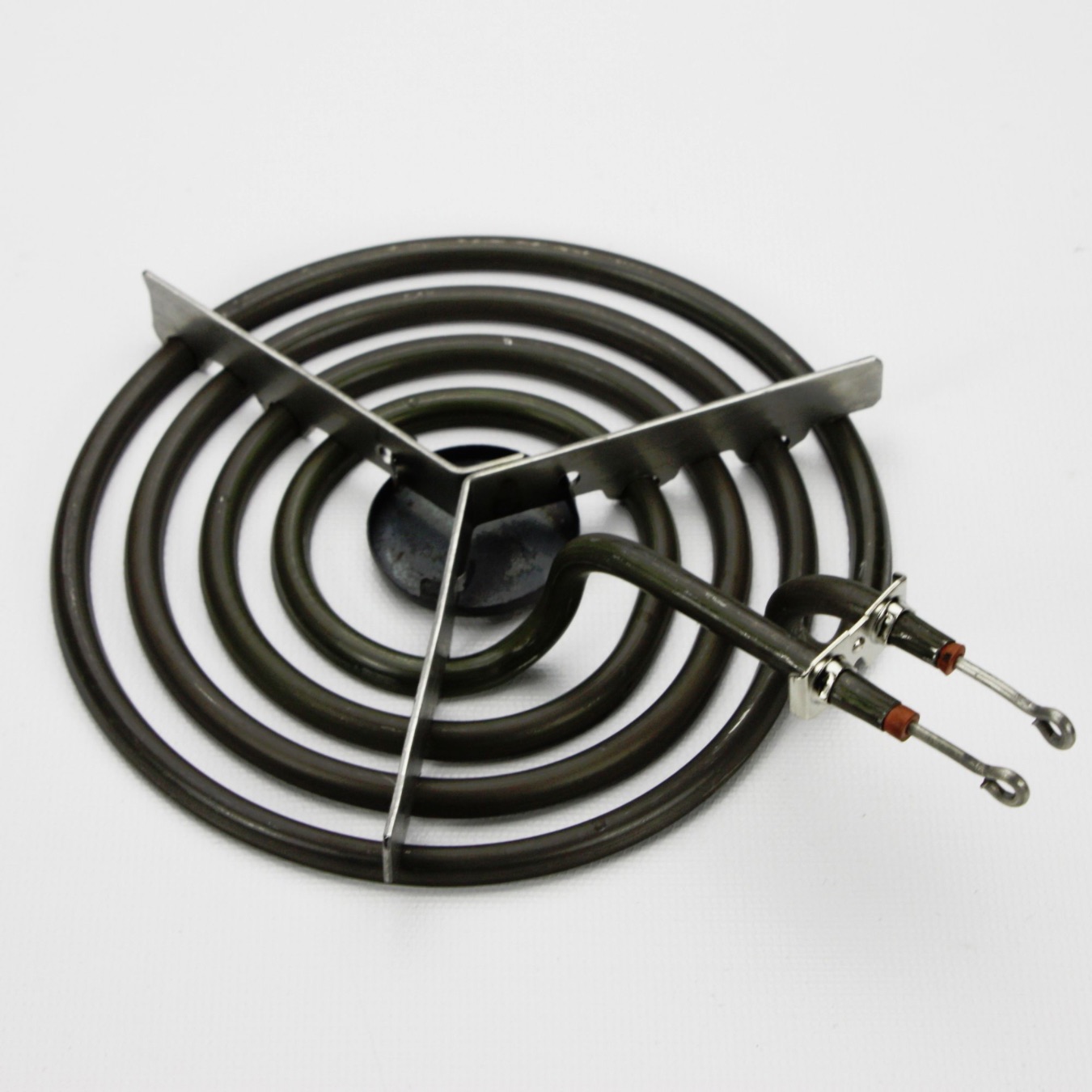
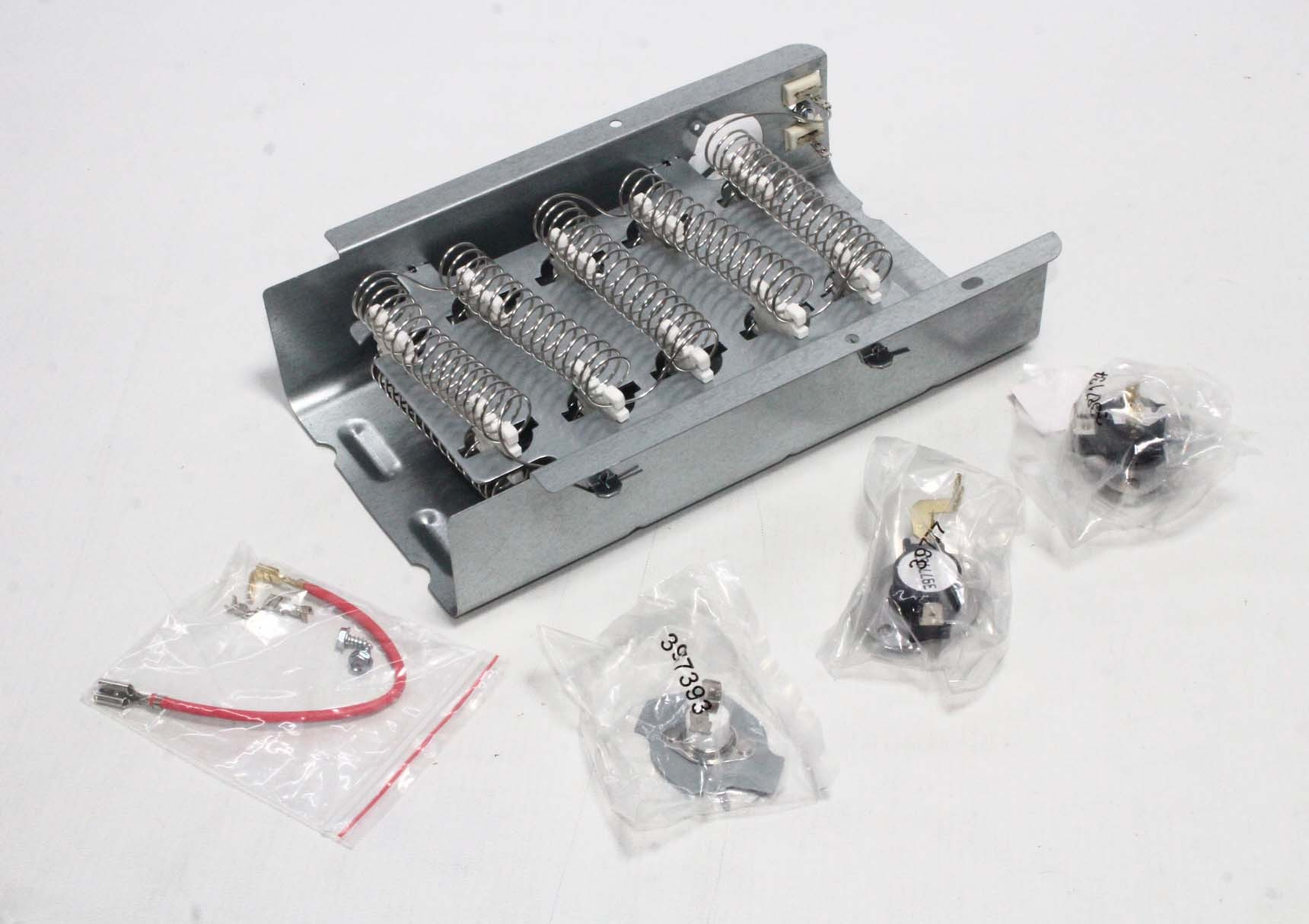
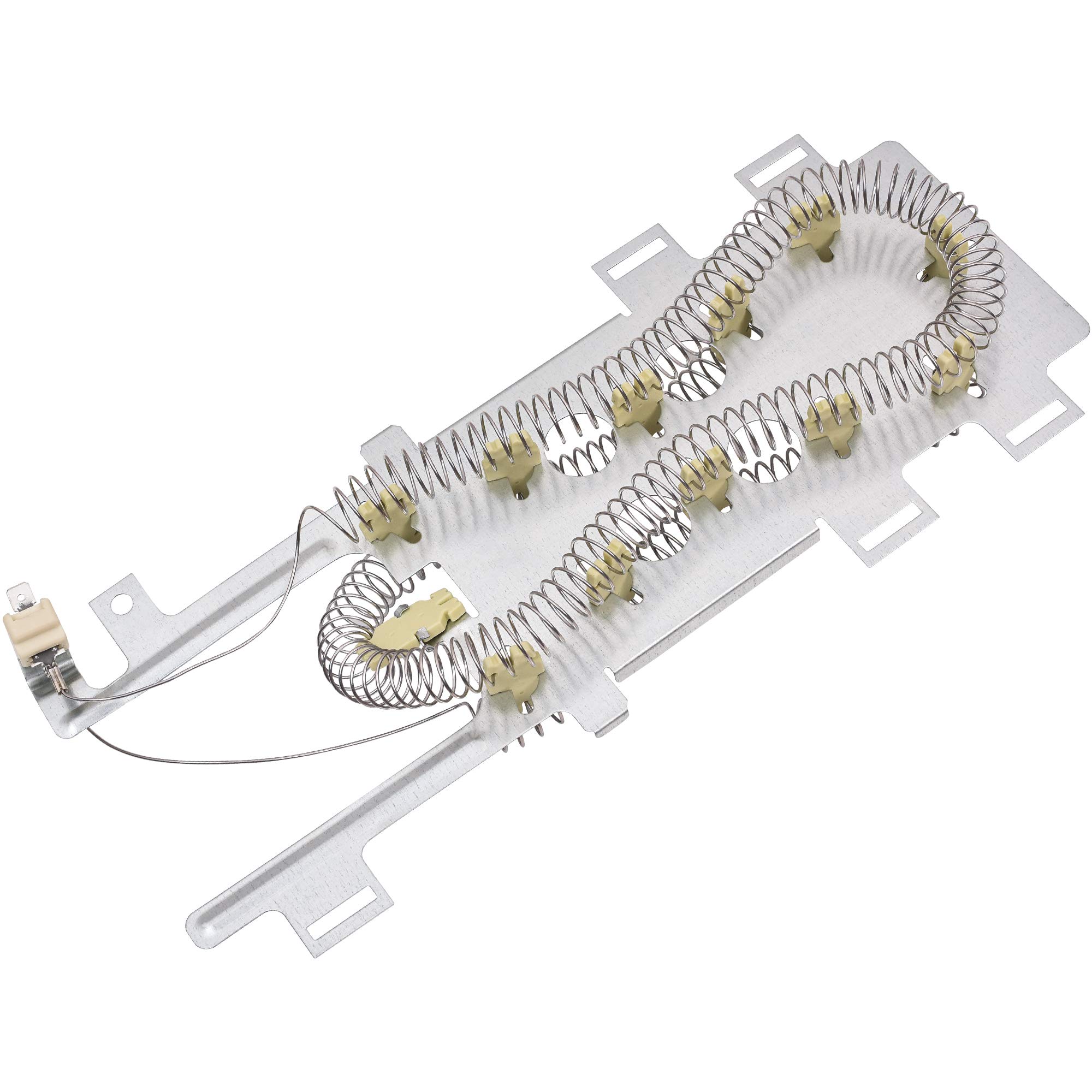
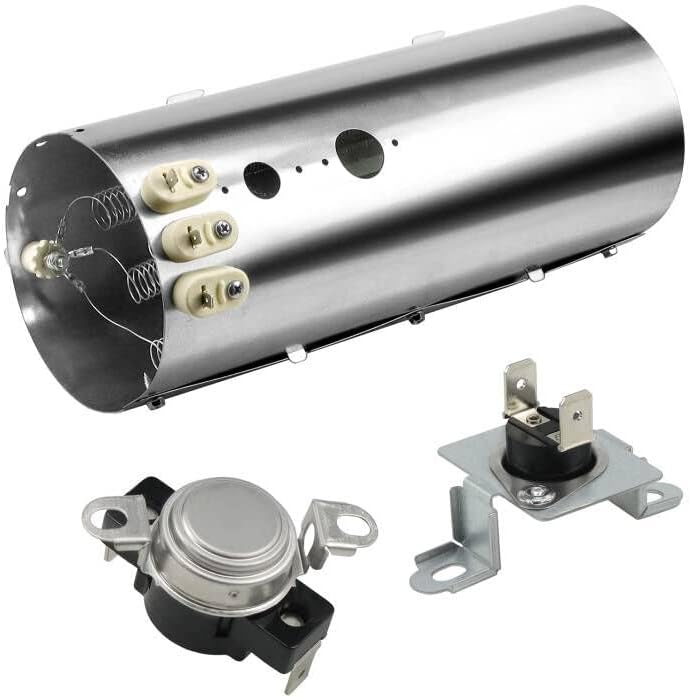
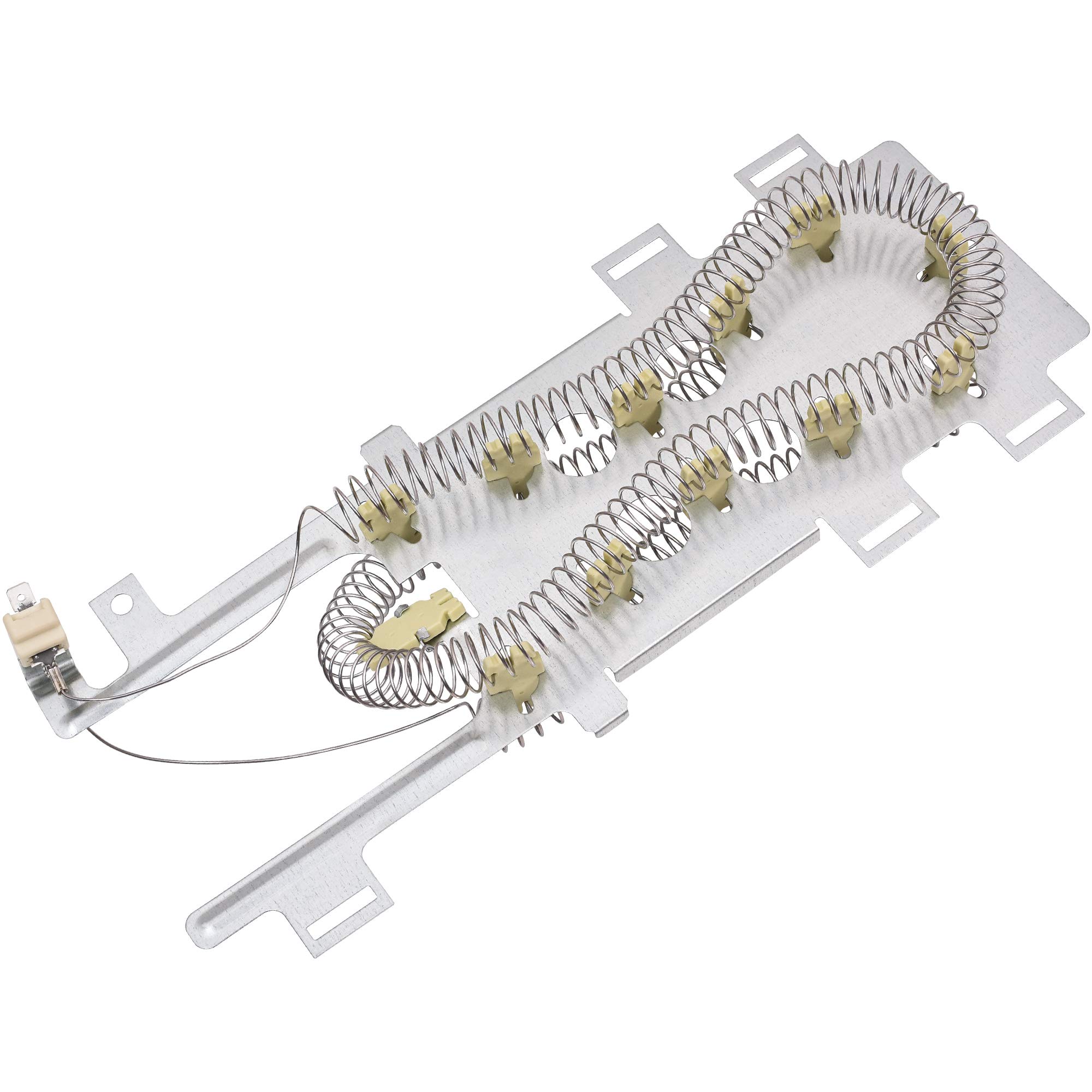
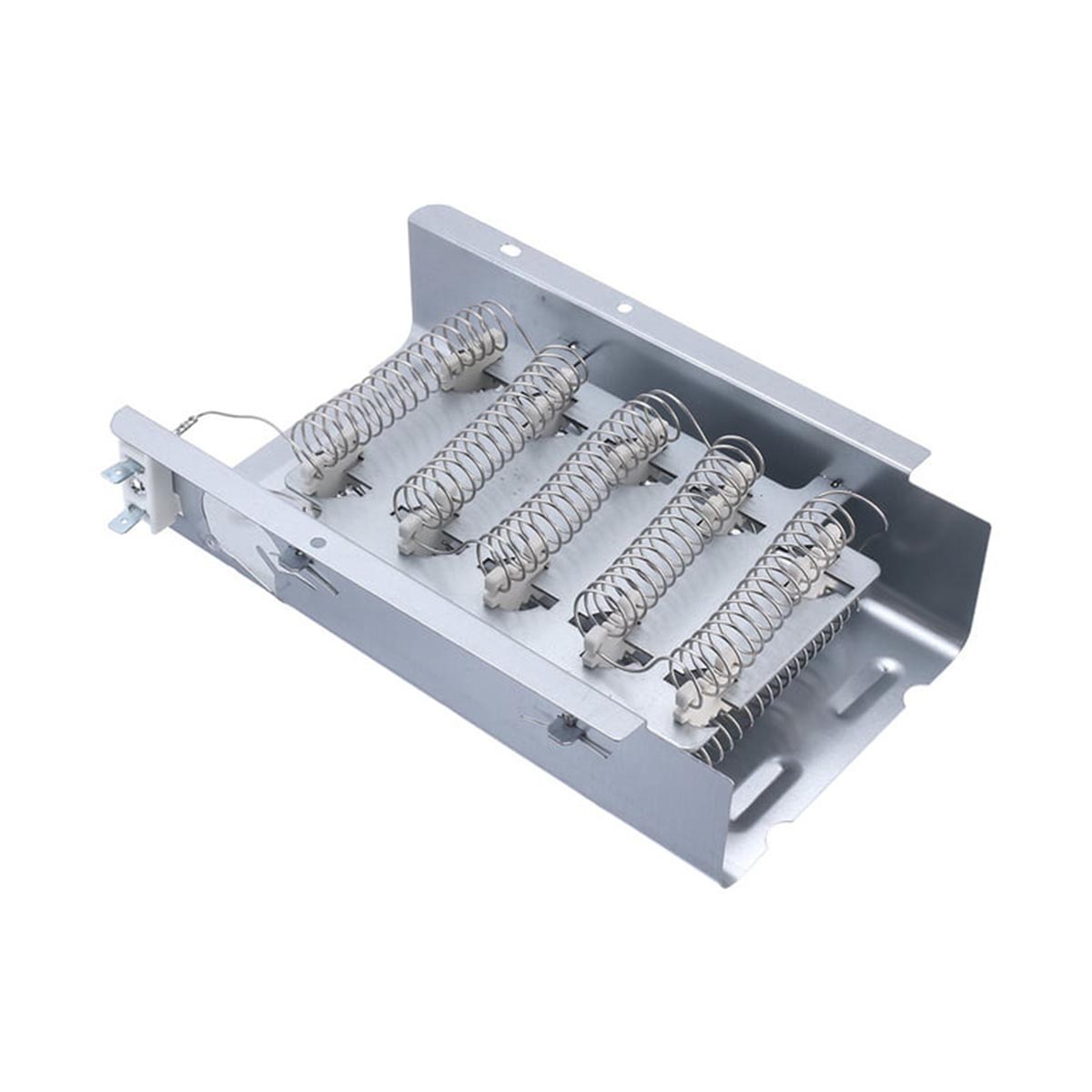
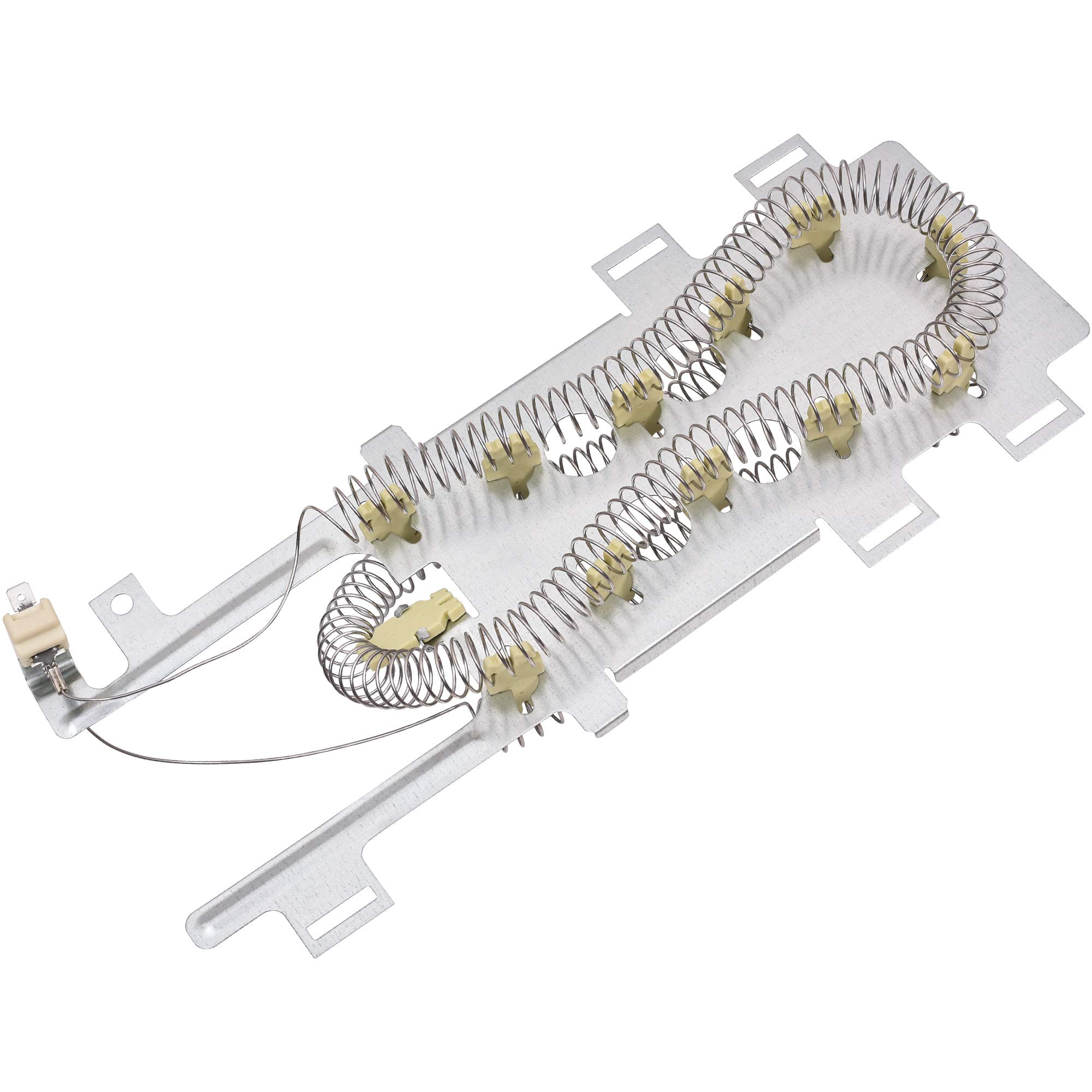
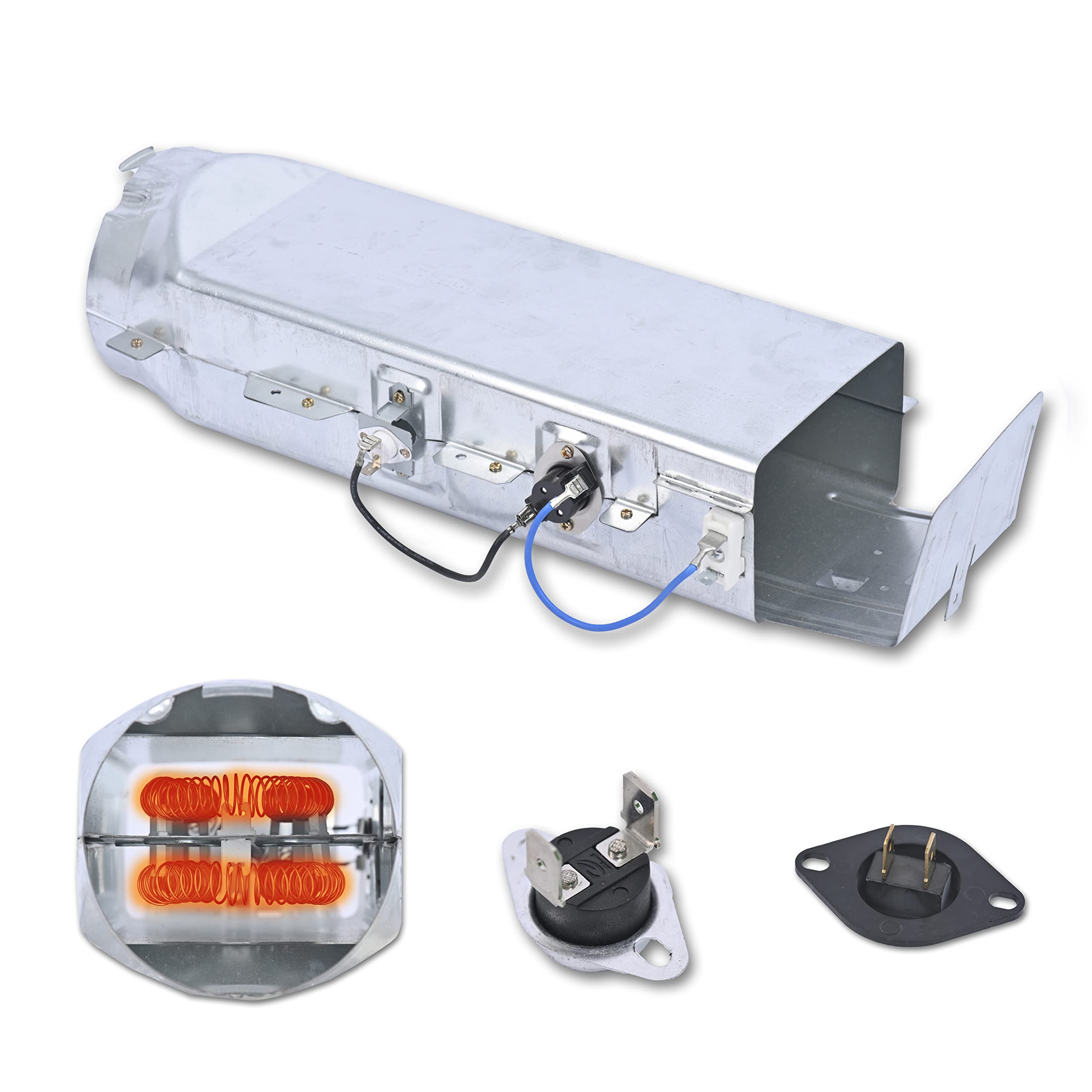
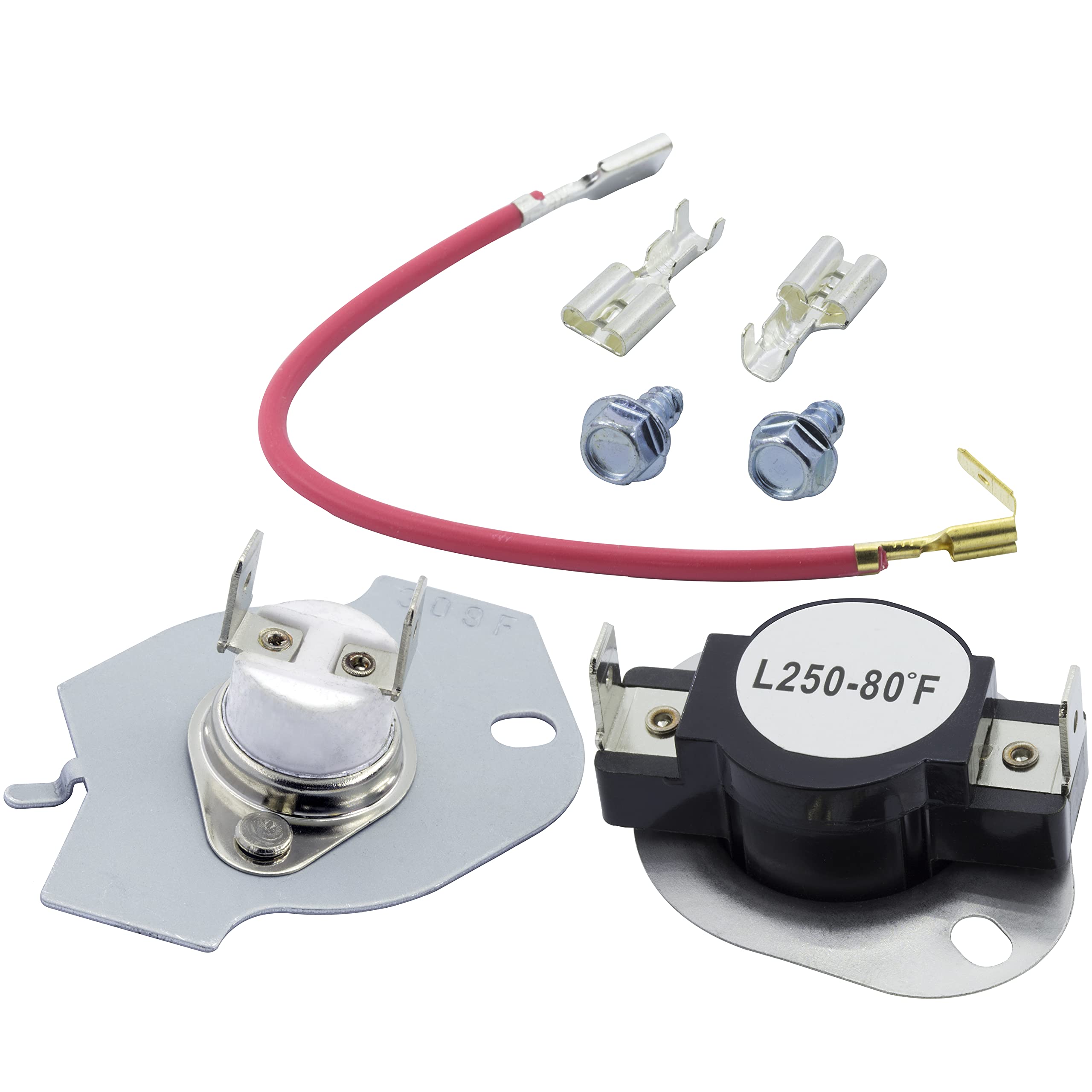
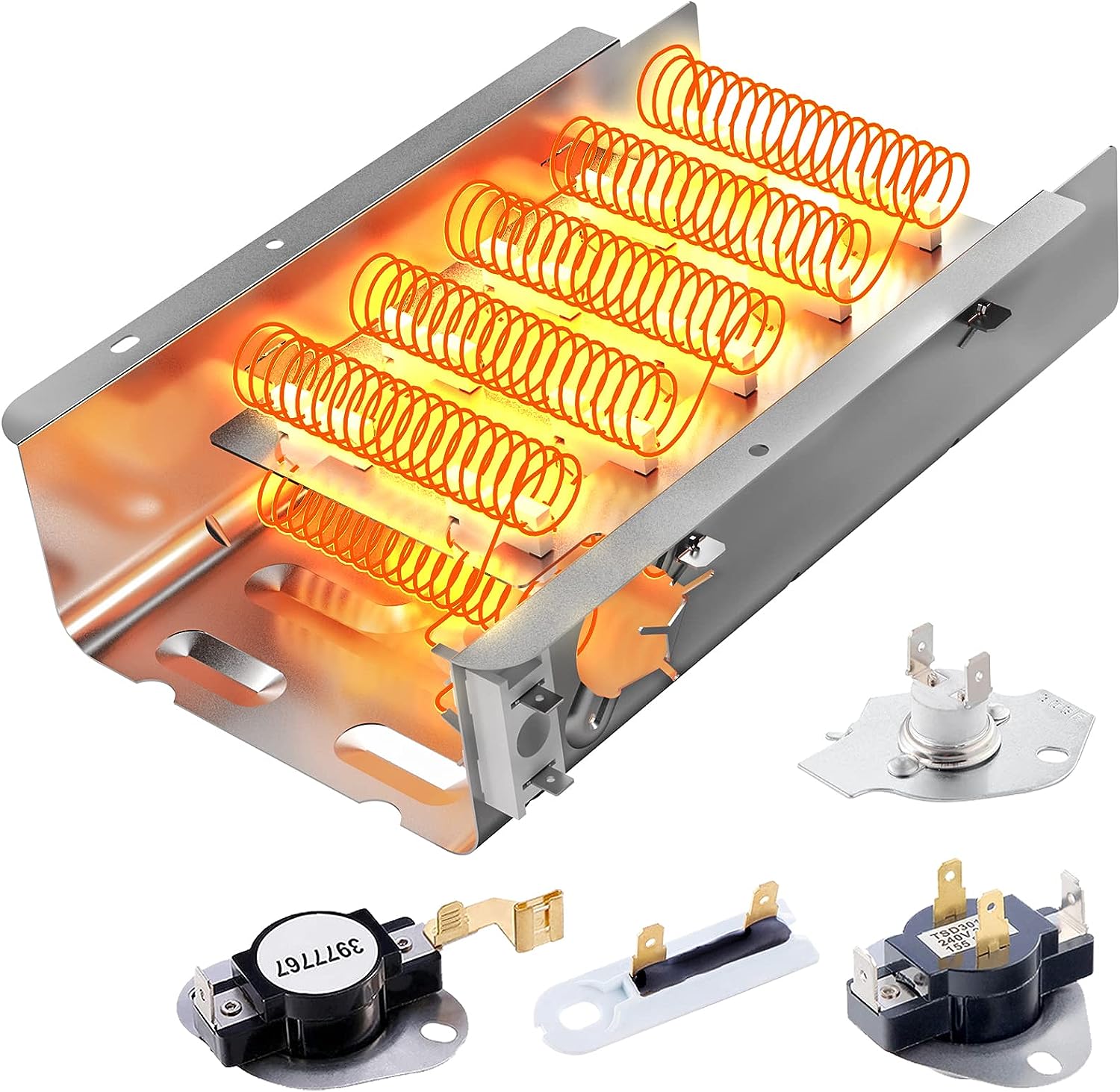
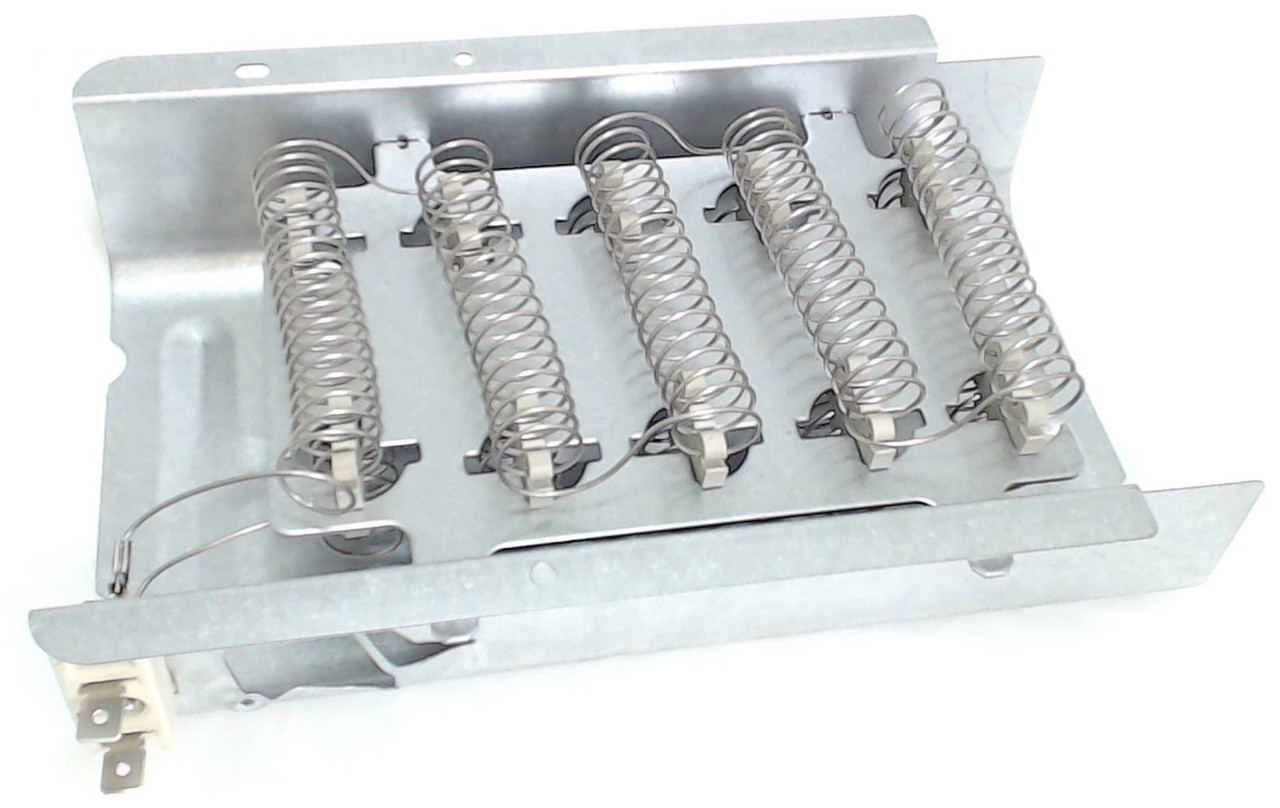
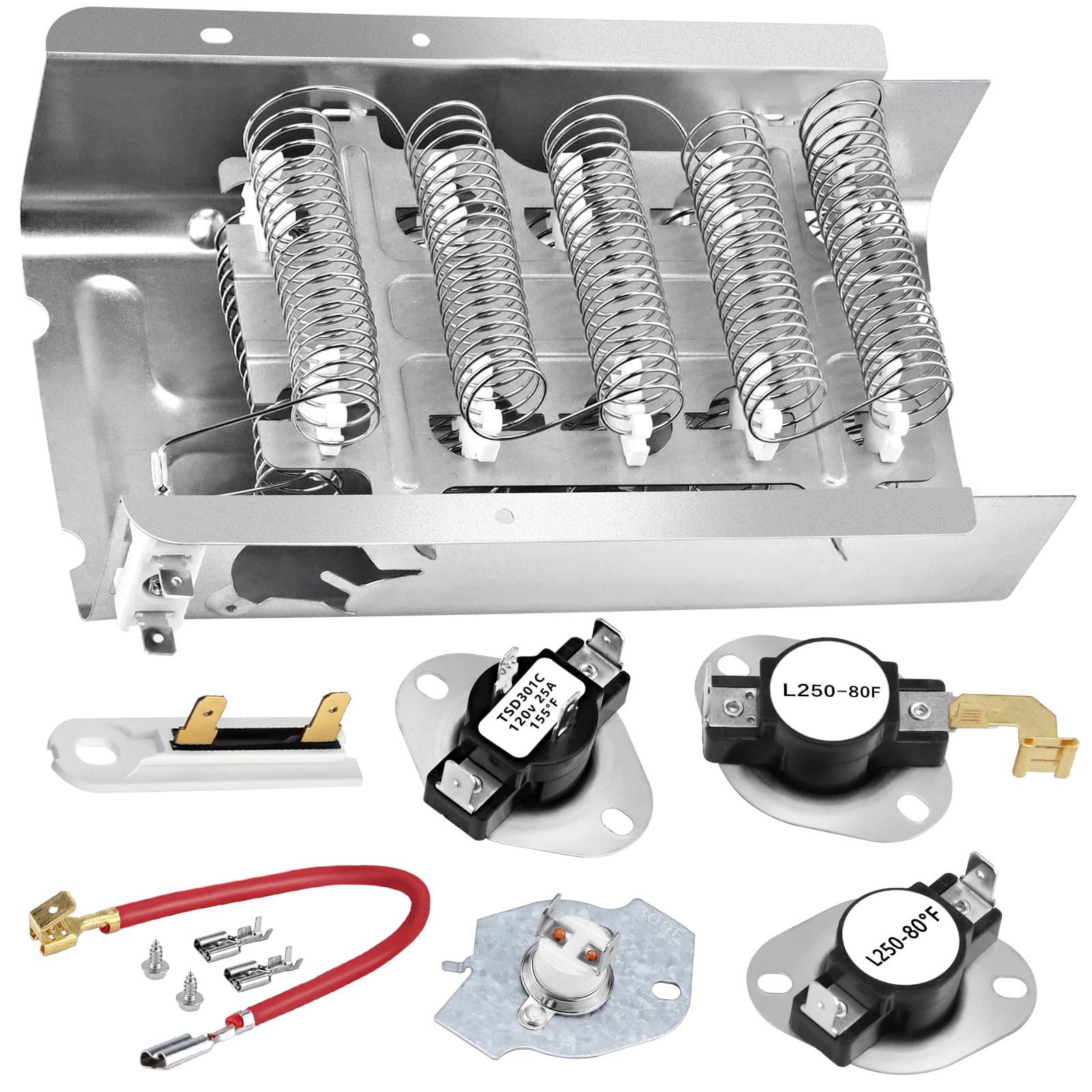

0 thoughts on “How To Replace A Heating Element In A Dryer”